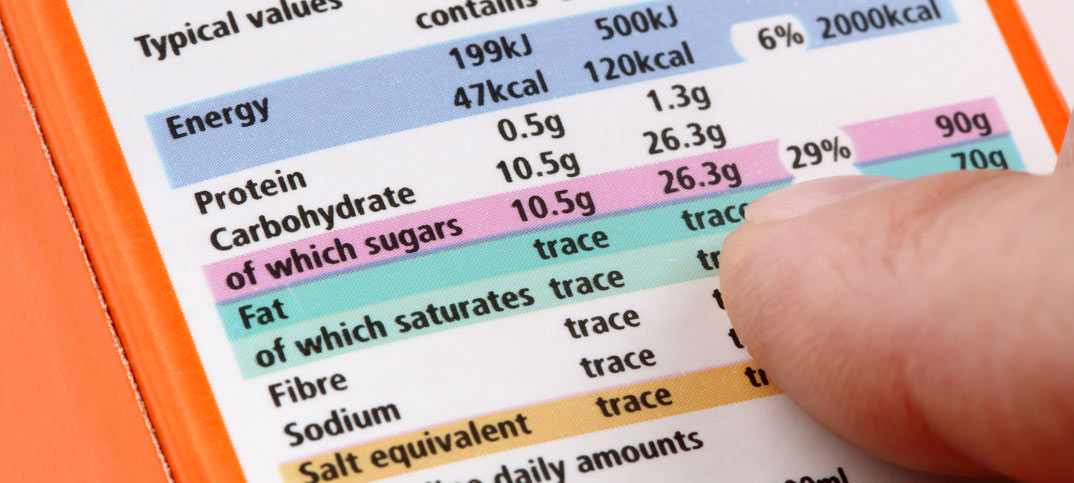 Higher taxes give tobacco companies the “cover to raise prices” which means the tobacco industry is in rude health, an analysis in the FT’s Lex column today shows. For local shops, which depend on tobacco sales to generate footfall, this means that they do not have to rethink their strategy anytime soon.
Higher taxes give tobacco companies the “cover to raise prices” which means the tobacco industry is in rude health, an analysis in the FT’s Lex column today shows. For local shops, which depend on tobacco sales to generate footfall, this means that they do not have to rethink their strategy anytime soon.
In the US in 2009, a 25 per cent rise in cigarette prices caused consumption to fall by 8 per cent, which was “bang in line” with the impact of the 87 per cent rise in prices since 1969 (adjusted for inflation). Based on this, investment bank UBS argues that tobacco manufacturers can sustain price increases of 4 to 5 per cent a year (8 to 9 per cent for retail prices) for the next 10 years, while absorbing consumption declines of 3 to 4 per cent.
What is good news for the tobacco manufacturers may not be good news for tobacco retailers, who might read into these numbers that the former could afford to be more generous with margins. However, they also need to fight to retain shoppers.
Speaking at last week’s NFRN conference, Charles Wilson, chief executive of Booker, suggested that local shops needed to plan to win back tobacco sales, particularly if supermarkets are hit by a display ban in 2011. The UK multiple grocers control £5bn of tobacco sales, ahead of the independent sector on £4.9bn, he said. In the next two years, local shops could win back £500m.
How? By ensuring that they have the right stock, good displays and particularly by looking to catch shoppers just after payday or when the weather was good. In the pub business, paydays and good weather create spikes in sales. With the rise in home drinking, this may also be true for shops in the impulse sector.
On the flip side, if you do not fight for the business, then you risk losing footfall and profits to the multiples. There are plenty of challenges in selling tobacco and you need to plan to tackle them.



Comments
This article doesn't have any comments yet, be the first!